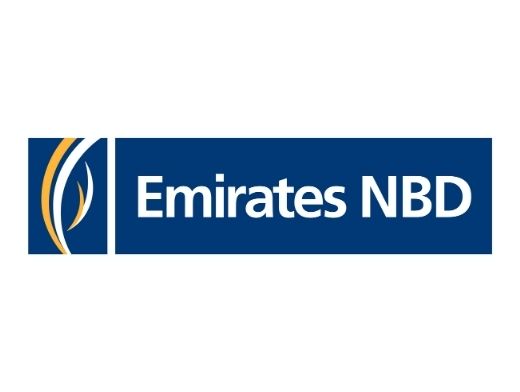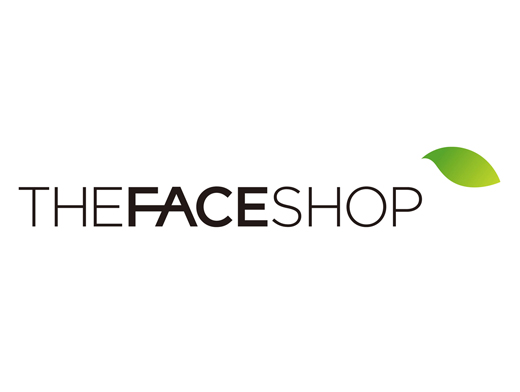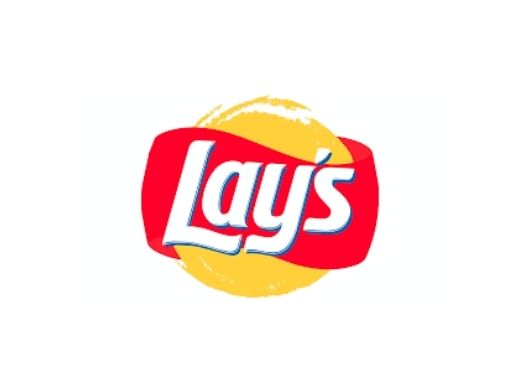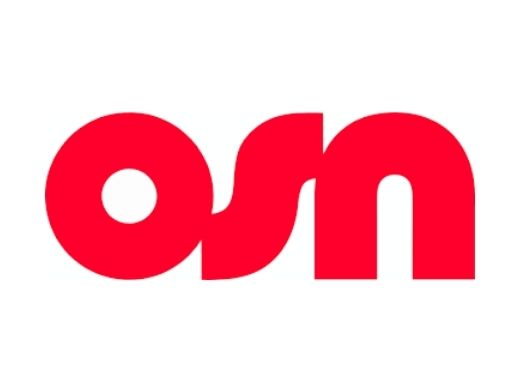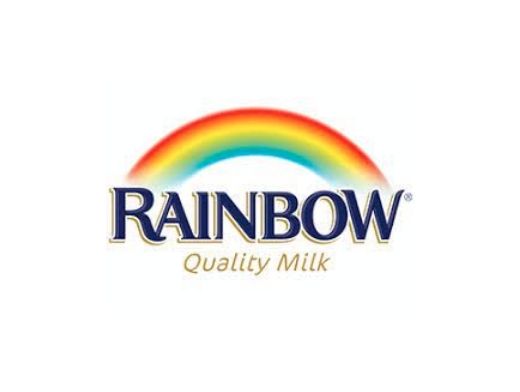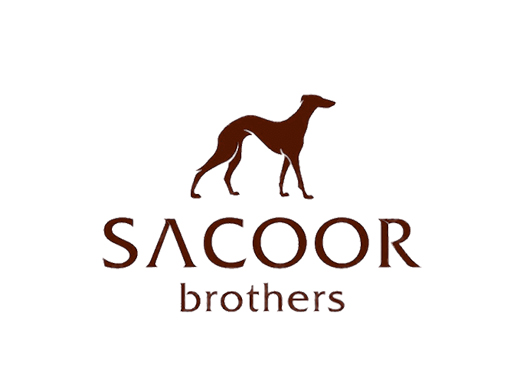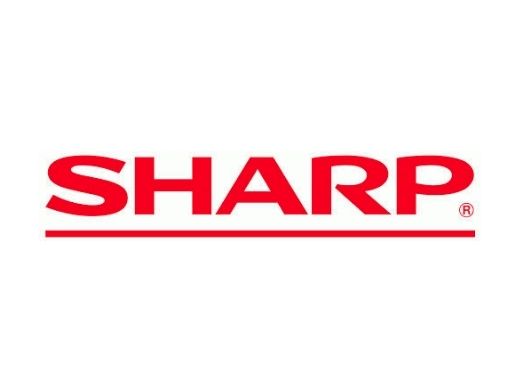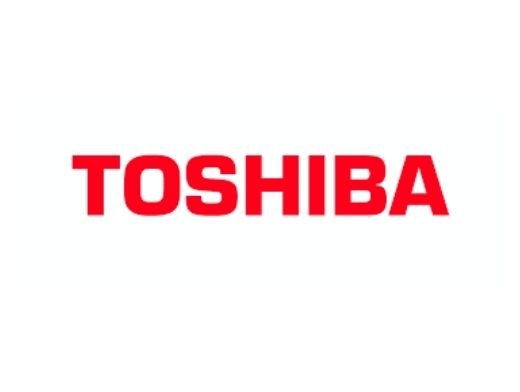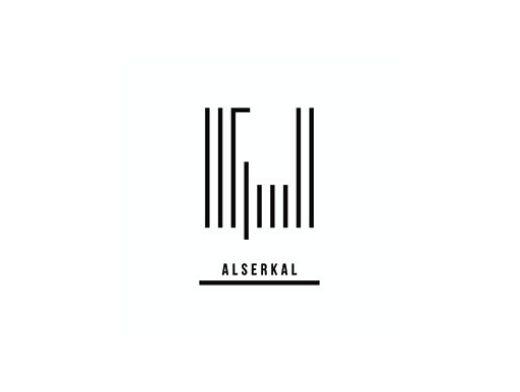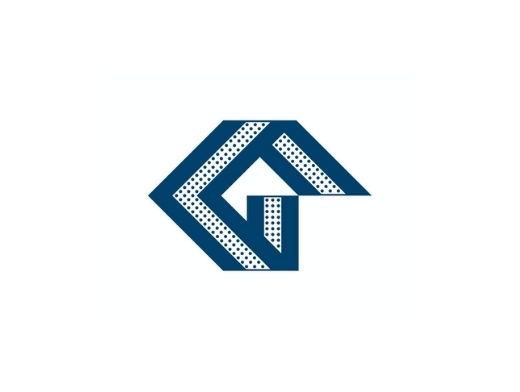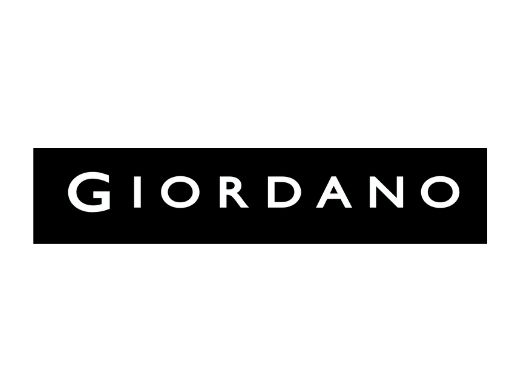INTRODUCTION
When it comes to the top-growing field of software development one can identify Automation Testing as a strategic activity to confirm product quality and, at the same time, shorter development cycles. Originally there was a clear differentiation of the teams that only used open-source automation tools and those who used commercial ones. However, the advanced testing frameworks that integrate the top features of both types have appeared on the market. This approach enhances bureaucracy, scalability, and costs of testing processes. This blog discusses hybrid test automation services frameworks, their benefits and drawbacks, free source and commercial frameworks, and how to use them in testing situations.
What Are Hybrid Testing Frameworks?
A hybrid testing framework incorporates characteristics of two or more testing tools a combination of open source and commercial tools to comprise a single complete system for testing automation. These frameworks are intended to build on the capabilities of each tool while controlling for their weaknesses, which renders them ideal for flexible and multifaceted testing requirements.
Best Practices for Creating Hybrid Automation Testing Frameworks
Understand Project Requirements
First of all, define general project requirements, including the kind of application, how often it is to be updated, and how intricate the tests that the system is to perform. This also assists in choosing tools that will be relevant to certain goals.Choose Complementary Tools
Choose free and paid tools that are compatible with each other. For instance, using Selenium an open-source tool together with TestComplete a commercial tool can give the best combination.
Focus on Integration
For example, use tools that would allow integration of two tools, such as integrating a social media tool with an analytics tool. Use API, plugin, and connector interfaces to integrate two or more systems.
Standardize Testing Processes
Specify commonality in the testing process by achieving naming standards, the way tests are run, and reporting mechanisms. This makes flow between the teams possible.Leverage CI/CD Pipelines
Use the hybrid framework and embed it with Continuous Integration Continuous Delivery pipelines to have continuous testing. As for this task, applications such as Jenkins or Azure DevOps are great.
Implement Modular Design
Construct the framework in modules such that each of the parts is stand-alone and could include for example test data management or reporting. This aspect of change makes the system scalable.
Monitor and Optimize
It is important to follow the existing methods to assess your framework over time. Employ monitoring tools to try and notice certain problems as similar to issues, and then adjust for improved efficiency.Pros and Cons of Open-Source vs. Commercial Testing Tools for Automation
It is also crucial to remember that there are pros and cons to utilizing both commercial and open-source products. Knowledge of these can assist in decision-making regarding the formation of a hybrid framework.
Open-Source Tools
Popular Examples: Selenium, Appium, JMeter
Pros:
Cost-Effective: No cost for using them, they are suitable for projects that are in their early development stage and of maybe low on funds.
Customization: Source code made available for public use can be customized in a way that would suit the users.
Large Community Support: Documentation and tutorials, user discussional platforms, and great developer communities.
Cons:
Steeper Learning Curve: Demands knowledgeable testers who understand coding as well as the settings of the selected tool.
Limited Features: This may not support more of the features like visual tests, or AI-based test analysis features.
Maintenance Overhead: For updates, fixes, and integration, the user is responsible.
Commercial Tools
Popular Examples: TestComplete, Micro Focus UFT, Tosca
Pros:
User-Friendly Interface: The scripts require almost no programming knowledge, and thus can be used by testers without programming experience.
Comprehensive Features: They can integrate with other facilities like DW, end-to-end tests, DevOps, data lineage, and data quality tests as a built-in device for test management, visual testing, and reporting.
Dedicated Support: Includes technical support for vendors and frequent updates on new products from this vendor.
Cons:
High Cost: Licencing fees are not a small amount of money.
Limited Customization: This implies that where products are closed source, then there is a limited possibility of calling for specific changes.
Dependency on Vendor: New releases and fixes are based on the vendor’s timeline.
Combining Tools for Scalable and Efficient Automation Testing
Building the testing automation hybrid can be based on the balanced usage of open-source and commercial tools. Here is how to achieve that:
Divide Testing Efforts
Involve client-server tools for regression testing which often demands a repetitive set, while selecting performance testing as a fundamental option, a venture in commercial tools like LoadRunner.
Centralize Test Management
When it comes to performing tests, automate the test case management through a commercial tool; and perform the actual test with an open-source tool. This is particularly because Open-Source is compatible with tools such as TestRail.
Maximize API Testing
Combine lightweight, free-form open-source tools such as Postman for API testing with industrial-strength tools such as SoapUI for rigorous, detailed checks as well as reporting.Utilise Cloud Technologies
Indicated to enhance your hybrid framework with the services of the cloud such as BrowserStack or Sauce Labs for comprehensive cross-browser testing.
Optimize Resource Utilization
For maintaining the test scripts prepare using the commercially available tools and for test running purposes use the open source platforms on larger structures.
Automate Reporting
Integrate and deploy primarily commercial solutions that offer increased and elaborate reporting, including the generation of insights based on artificial intelligence while actively logging with open-source tools.Case Study: Hybrid Framework in Action
Scenario:
A client, a financial software company, required; cross-browser checking for its application, security, and speed.Solution:
Open-Source Tools: For compatibility with different browsers we would integrate selenium into the toolkit and for the security vulnerabilities we would include OWASP ZAP in the toolkit.
Commercial Tools: For stress testing you have LoadRunner and for GUI testing you have Test Complete.
Integration: To integrate all the above-named tools, a centralized test management system was developed using Jenkins.
Result:
The adoption of the hybrid framework lowered testing time by 30 percent while locating important security vulnerabilities which improved the quality of the product.
Challenges of Implementing Hybrid Frameworks
Complexity in Tool Integration
Coordination between the tools has to be done and this usually needs technical knowledge.Increased Initial Costs
Although engaging these services might be relatively affordable and economical in the long run, acquiring the tools utilized in the commercialization process could be expensively pricey.
Training and Skill Requirements
It is also the same reason why more training focused on the use of both open-source and commercial platforms is required for the different teams.
Maintenance Overhead
Since this investigative framework is an ideal construct, it is necessary to update and fine-tune this model regularly.
The Future of Hybrid Testing Frameworks
The need for hybrid testing frameworks is likely to increase with advancements in software development. AI-assisted test automation, improved integrations, and cloud services will only compound hybrid frameworks in the future which is why these frameworks are and will remain firm prerequisites for insurance QA teams.
FAQ
1. What is a hybrid testing framework?
A hybrid testing framework is built from both open-source and commercial tools to maximize the strengths while minimizing the weaknesses of each type.2. Why should I consider a hybrid testing framework?
It offers flexibility, cost advantages, and scalability by fulfilling various testing requirements with the right utilization of resources.3. Can open-source tools integrate with commercial solutions?
Yes, most of the open-source tools such as selenium have plugins and APIs available to interconnect with other commercial tools.4. What are the challenges of hybrid testing frameworks?
Some of the issues include tool integration issues, the question of high initial costs, and skilled testers.5. How does a hybrid framework improve testing efficiency?
It eliminates the duplication of activities, optimizes aspects of scalability, and makes it possible for the tests to run faster.Conclusion
Hybrid testing frameworks certainly are transforming the field of automation testing. Organizations can mix open-source flexibility with commercial tools sophisticated to come up with optimal, effective, credible, and low-cost testing. Applying best practices, selecting the right tools at the right place, and doing constant yet consistent improvement of the framework will make it successful in a fast-paced and competitive software development environment.










